Retro Replay Review
Gameplay
Don’t Get Angry! 2 builds on the classic “Sorry!”-style foundation with approachable, turn-based mechanics that are easy to pick up but hard to master. Players roll dice to advance their four pieces around the board, aiming to reach their finish zone while sending rivals back to start. The core flow—rolling, moving, bumping opponents—delivers familiar thrills and tension, especially when multiple pieces converge on the same space.
What sets this sequel apart are the optional springs and random boxes scattered across the board. Springs can catapult you forward or fling you backward without warning, adding a delightful layer of unpredictability to every roll. Boxes can grant powerful advantages—like placing a Valium token to put an opponent to sleep for a turn or invoking a flatulence attack to knock adversaries off course—or impose setbacks such as getting locked in a cage for several rounds.
Don’t Get Angry! 2 supports 2-4 players (human or AI), and the flexible rules let you choose between 2-3 or 2-4 player modes depending on your selected board. With over 20 board backgrounds spanning three themes and four distinct shapes (Standard Sorry! layout, 3-person Sorry! layout, plus circle configurations), you can tailor each match’s geometry and theme to suit your group’s preference.
The variety of piece sets—ranging from quirky stockbrokers to stealthy ninjas or lovable grandmothers—adds personality to every game. Combined with smooth, responsive controls and clear UI indicators for active effects (springs, boxes, and status ailments), the gameplay loop remains engaging across short party sessions or longer strategic bouts.
Graphics
Visually, Don’t Get Angry! 2 embraces a colorful, cartoon-inspired aesthetic that keeps the mood light and family-friendly. Board backgrounds are vibrant and distinct, with over 20 designs that cycle through whimsical landscapes, urban streetscapes, and abstract patterns. Each theme palette ensures that tokens and board hazards stand out clearly against the backdrop.
The piece models—whether you choose ninjas, stockbrokers or grandmothers—are rendered in crisp, expressive detail. Subtle animations, like a grandmother’s exaggerated knitting motion or a ninja’s stealthy crouch, bring each character to life. When you activate a spring or a special box, dynamic visual effects (bouncing arcs, puff clouds, glimmering icons) clearly communicate in-game events.
Board shapes also receive thoughtful visual treatment; the circular layouts incorporate radial symmetry and decorative borders that guide the eye around the track, while the classic Sorry! shapes feel familiar yet refreshed. Transitions between main menu, board selection, and active play are seamless, with minimal loading times and clean interface overlays that don’t obstruct the action.
In multiplayer matches, split-screen or shared-screen views maintain clarity by resizing boards and tokens intelligently. Even when four players swarm the same space, you’ll never lose track of whose piece is whose—thanks to distinct color schemes, subtle lighting effects, and occasional particle trails when pieces move rapidly.
Story
Don’t Get Angry! 2 doesn’t follow a traditional narrative campaign; instead, it embraces an open-ended, party-game story framework where each match writes its own comedic saga. The lighthearted premise—racing to your home base while tormenting rivals with springs and surprise items—serves as the game’s central “plot.”
Flavor text appears on random boxes to inject personality and humor into each turn. Whether you’re reading about a player being lulled into slumber by a Valium token or the explosive aftermath of a flatulence attack, these tongue-in-cheek descriptions add charm and context to otherwise mechanical actions. The game’s manual and tutorial also include amusing anecdotes about each token’s backstory.
Between matches, you’ll unlock new board backgrounds and character themes that come with brief, whimsical lore blurbs. For example, the “Moonlit Manor” board hints at a grandmother’s haunted knitting club, while the “Urban Rooftops” setting teases a ninja underground tournament. Though not a deep storyline, these tidbits enrich the environment and reward continued play.
In a multiplayer lobby, players often role-play these quirky scenarios—complaining about being locked in a cage or bragging about their latest flatulence-induced knockout. This emergent storytelling fosters laughter and camaraderie, making every session feel fresh and memorable, even without a linear narrative.
Overall Experience
Don’t Get Angry! 2 shines as a party game that balances simple rules with unpredictable elements. Its modular board designs and random hazard systems keep gameplay from becoming stale, encouraging groups to experiment with new setups and house rules. Matches typically last 15–30 minutes, making it an ideal warm-up before more involved board games or a casual standalone session.
The combination of AI and local multiplayer ensures you can enjoy a quick round solo or gather friends and family for festive competition. AI opponents scale their aggressiveness based on difficulty settings, providing a suitable challenge for newcomers and seasoned veterans alike. The clear tutorials and rulebook help newcomers learn the ropes within minutes.
While it lacks a deep campaign or progression tree, Don’t Get Angry! 2’s value lies in its replayability and laughter-inducing moments. Each box reveal or spring bounce is an opportunity for surprise—and that unpredictability is precisely what keeps groups returning for “just one more game.”
Overall, Don’t Get Angry! 2 delivers a colorful, engaging board-game experience in digital form. If you’re seeking a light-hearted, social game that combines strategy, luck, and a healthy dose of chaos, this title will keep your game nights lively and memorable.
 Retro Replay Retro Replay gaming reviews, news, emulation, geek stuff and more!
Retro Replay Retro Replay gaming reviews, news, emulation, geek stuff and more!
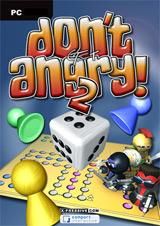
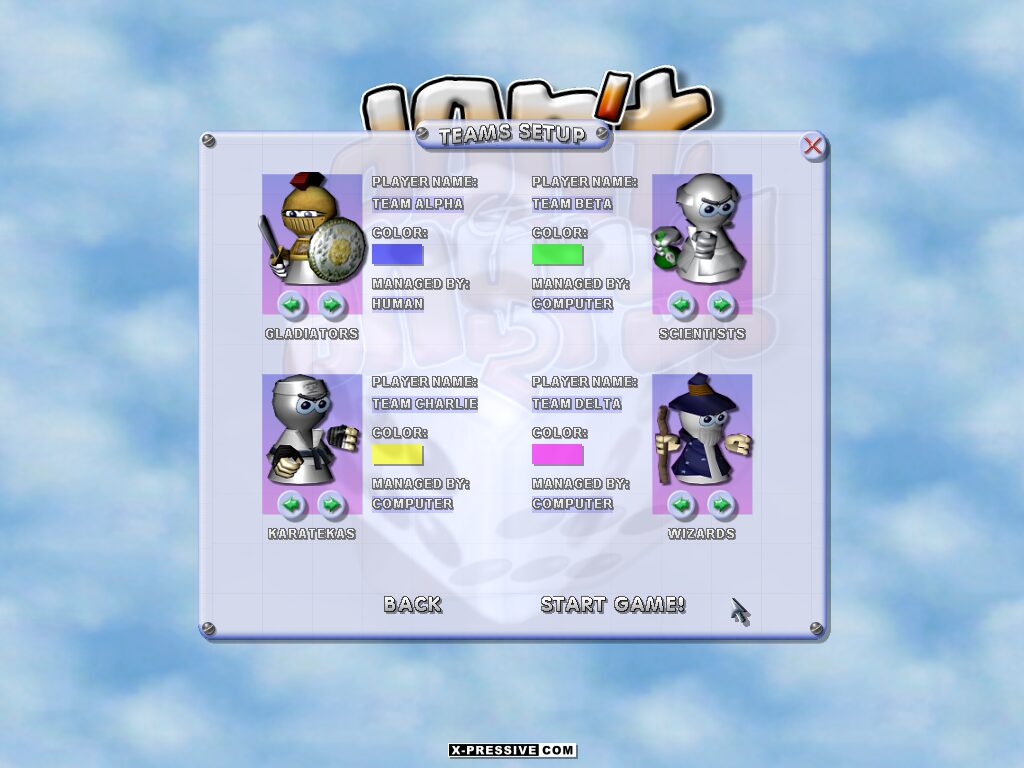
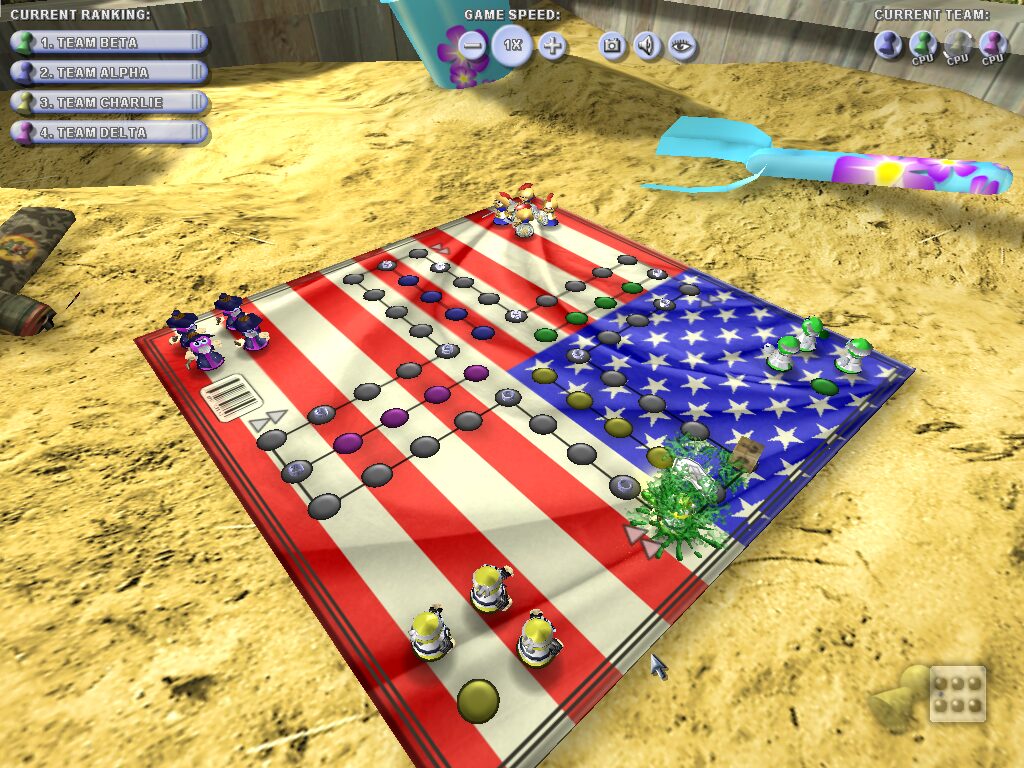
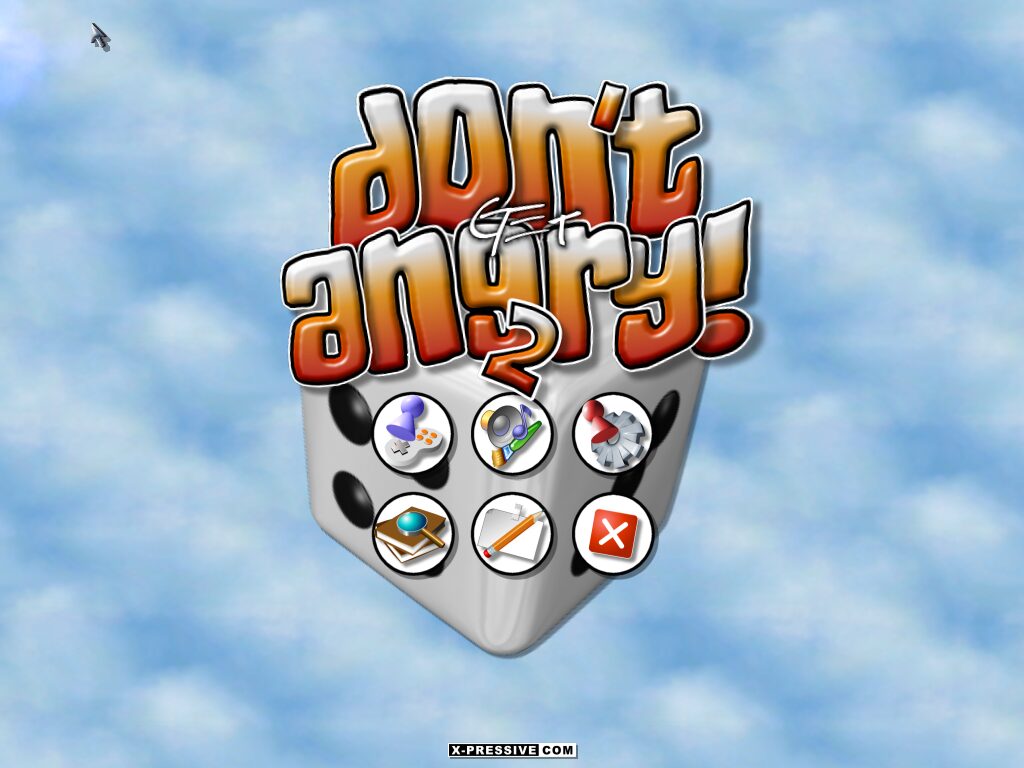
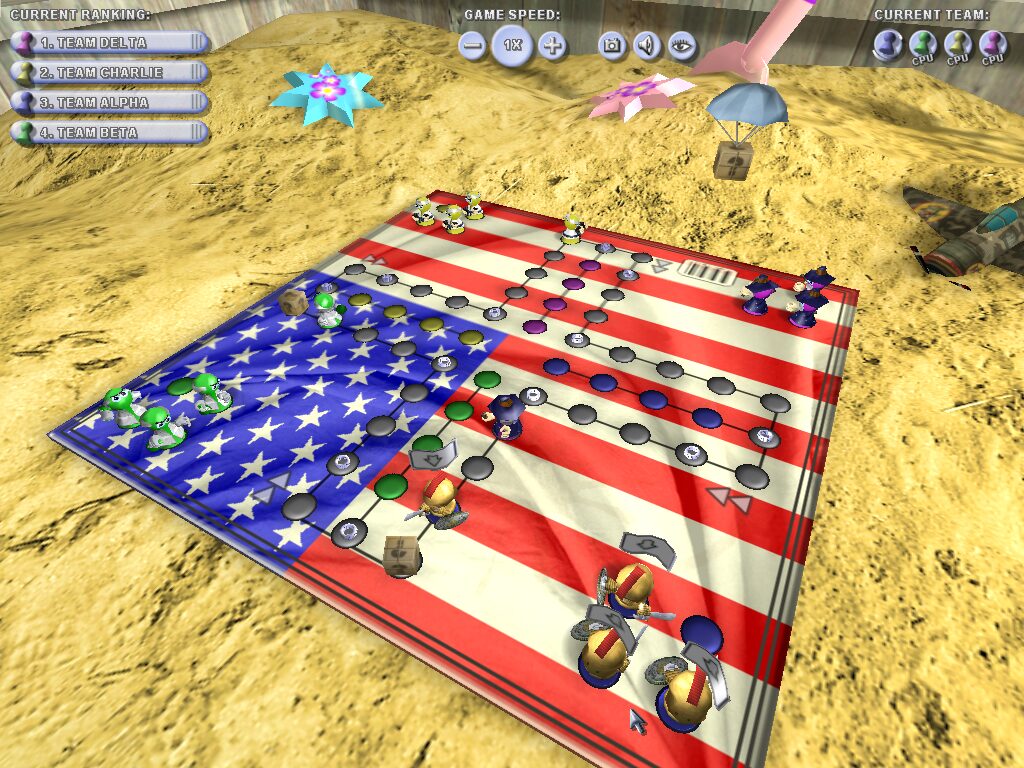
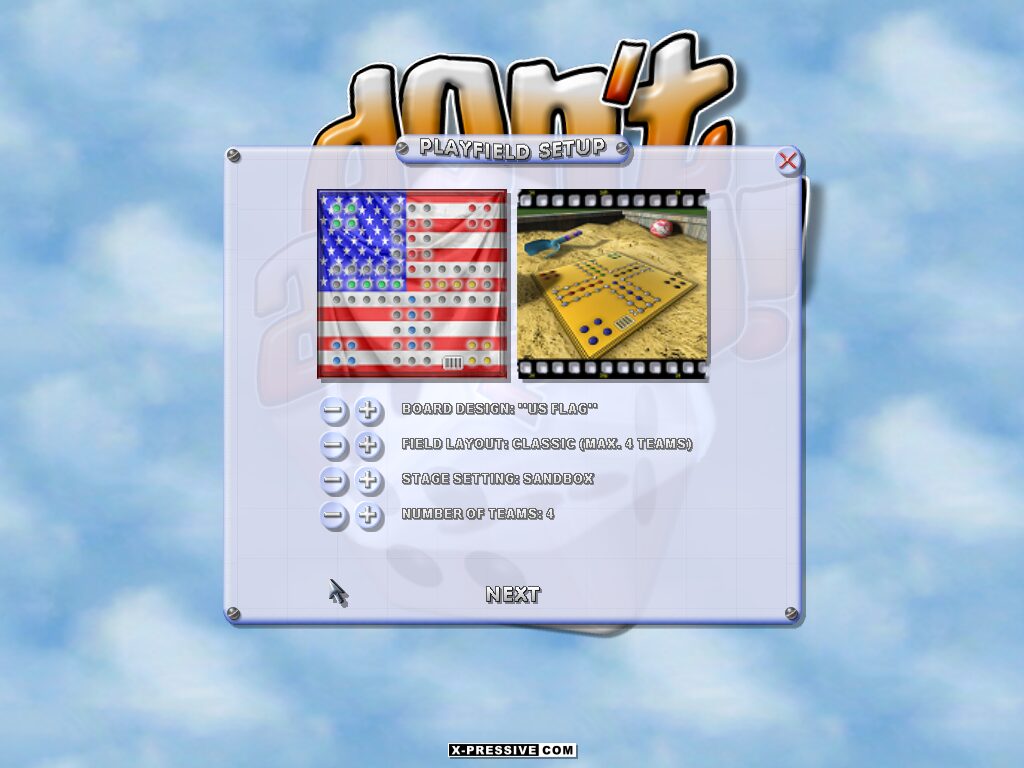



Reviews
There are no reviews yet.